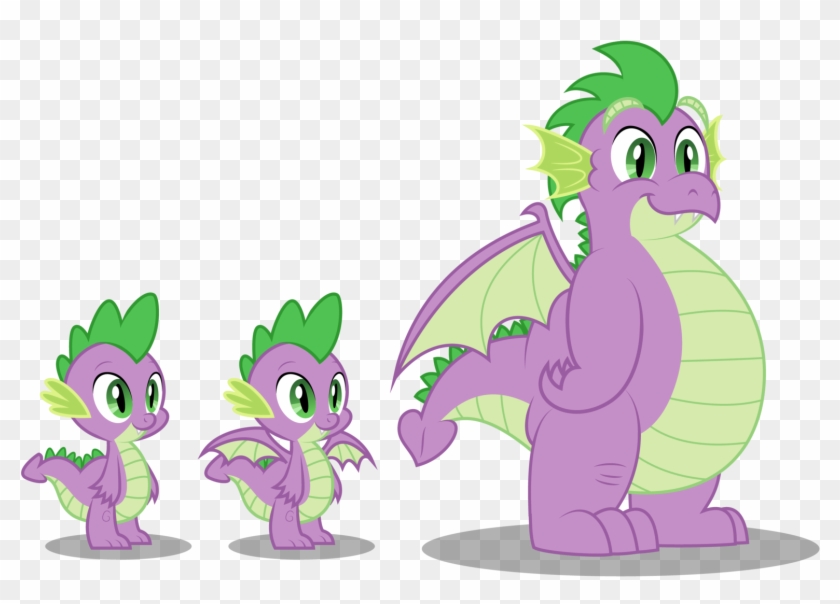
April 9, 2014
It’s a guessing game parents like to ponder: What will my child look like when she grows up? A computer could now answer the question in less than a minute.
- Browse 2,255 free age progression stock photos and images available, or start a new search to explore more stock photos and images. Boy wearing vr goggles holding painted imaginary balloons flying above skyline - free age progression stock pictures, royalty-free photos & images.
- 2-5 of the most recent photos of the Age Progression subject; If the subject is 18 or younger, 2-3 recent photos of each parent is extremely helpful. If only 1 parent is available, please include 2-3 photos of that parent; If the subject is 18 or younger, 2-3 photos of each parent at around the age we'll be Progressing to is also extremely helpful.
University of Washington researchers have developed software that automatically generates images of a young child’s face as it ages through a lifetime. The technique is the first fully automated approach for aging babies to adults that works with variable lighting, expressions and poses.
Amazing age progression tool uses your honest responses to answers to determine whether your body is showing more wear and tear than it should be for your calendar age. Health Age and Life Expectancy: This cool calculator is meant to help you figure out your health age.
Using one photo of a 3-year-old, the software automatically renders images of his face at multiple ages while keeping his identity (and the milk moustache).U of Washington
“Aging photos of very young children from a single photo is considered the most difficult of all scenarios, so we wanted to focus specifically on this very challenging case,” said Ira Kemelmacher-Shlizerman, a UW assistant professor of computer science and engineering. “We took photos of children in completely unrestrained conditions and found that our method works remarkably well.”
The research team has posted a paper on the new technique and will present its findings at the June IEEE Computer Vision and Pattern Recognition conference in Columbus, Ohio.
The shape and appearance of a baby’s face – and variety of expressions – often change drastically by adulthood, making it hard to model and predict that change. This technique leverages the average of thousands of faces of the same age and gender, then calculates the visual changes between groups as they age to apply those changes to a new person’s face.

More specifically, the software determines the average pixel arrangement from thousands of random Internet photos of faces in different age and gender brackets. An algorithm then finds correspondences between the averages from each bracket and calculates the average change in facial shape and appearance between ages. These changes are then applied to a new child’s photo to predict how she or he will appear for any subsequent age up to 80.
The researchers tested their rendered images against those of 82 actual people photographed over a span of years. In an experiment asking random users to identify the correct aged photo for each example, they found that users picked the automatically rendered photos about as often as the real-life ones.

A single photo of a child (far left) is age progressed (left in each pair) and compared to actual photos of the same person at the corresponding age (right in each pair).U of Washington
“Our extensive user studies demonstrated age progression results that are so convincing that people can’t distinguish them from reality,” said co-author Steven Seitz, a UW professor of computer science and engineering. “When shown images of an age-progressed child photo and a photo of the same person as an adult, people are unable to reliably identify which one is the real photo.”
Free Age Progression Photo
Real-life photos of children are difficult to age-progress, partly due to variable lighting, shadows, funny expressions and even milk moustaches. To compensate for these effects, the algorithm first automatically corrects for tilted faces, turned heads and inconsistent lighting, then applies the computed shape and appearance changes to the new child’s face.
Perhaps the most common application of age progression work is for rendering older versions of missing children. These renderings usually are created manually by an artist who uses photos of the child as well as family members, and editing software to account for common changes to a child’s face as it ages, including vertical stretching, wrinkles and a longer nose.
But this process takes time, and it’s significantly harder to produce an accurate image for children younger than age 5, when facial features more closely resemble that of a baby.

- In each of these morphs, the left image is the starting input photo and the right image will transform to age 80 to show the automatic aging process.
The automatic age-progression software can run on a standard computer and takes about 30 seconds to generate results for one face. While this method considered gender and age, the research team that also includes UW doctoral student Supasorn Suwajanakorn hopes to incorporate other identifiers such as ethnicity, and cosmetic factors such as hair whitening and wrinkles to build a robust enough method for representing every human face.
Free Online Age Progression Generator
“I’m really interested in trying to find some representation of everyone in the world by leveraging the massive amounts of captured face photos,” Kemelmacher-Shlizerman said. “The aging process is one of many dimensions to consider.”
This research was funded by Google and Intel Corp.
###
For more information, contact Kemelmacher-Shlizerman at kemelmi@cs.washington.edu or 206-616-0621.
Tag(s): College of Engineering • Ira Kemelmacher-Shlizerman • Paul G. Allen School of Computer Science & Engineering • Steve Seitz